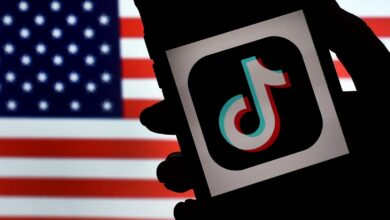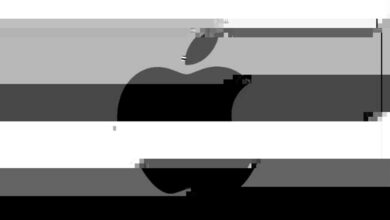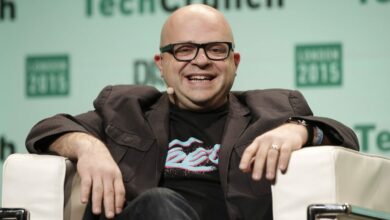Historic spacecraft landing double-header from Varda, Intuitive Machines
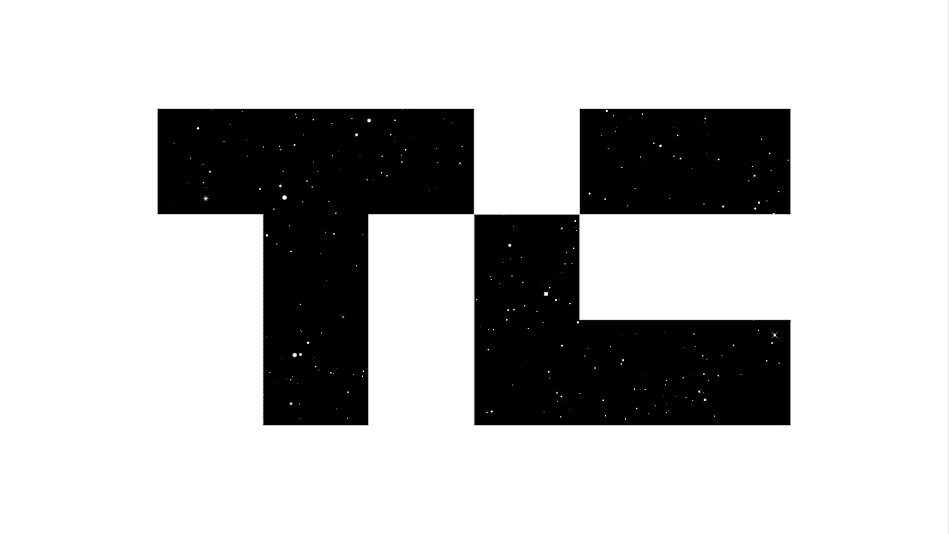
Hello and welcome back to TechCrunch Space. My stomach is still in knots from the Intuitive Machines landing livestream. I think it’s fair to say that the words of Tim Crain, Intuitive Machines’ CTO, will go down in history: “We’re not dead yet.”
Very metal.
Want to reach out with a tip? Email Aria at aria.techcrunch@gmail.com or send me a message on Signal at 512-937-3988. You can also send a note to the whole TechCrunch crew at tips@techcrunch.com. For more secure communications, click here to contact us, which includes SecureDrop (instructions here) and links to encrypted messaging apps.
For the first time since 1972, American hardware is on the moon. Intuitive Machines’ first lander, called Odysseus, softly touched down on the south pole region of the moon around 5:23 p.m. Central Time on Thursday, bringing to a close an eight-day journey and years of hard work.
There was a brief period after landing when mission controllers waited to reestablish communications with the spacecraft. Then a faint signal was detected.
“What we can confirm without a doubt is that our equipment is on the surface of the moon and we are transmitting,” Crain said shortly after the signal was detected. “So congratulations IM team, we’ll see how much more we can get from that.”
“Houston, Odysseus has found its new home,” he added.
The company later confirmed on the social media site X that Odysseus was “alive and well.”
Intuitive Machines is not the only entity celebrating. The mission is also a huge success for NASA, which paid Intuitive Machines around $118 million to deliver six scientific and research payloads, under a program called Commercial Lunar Payload Services.
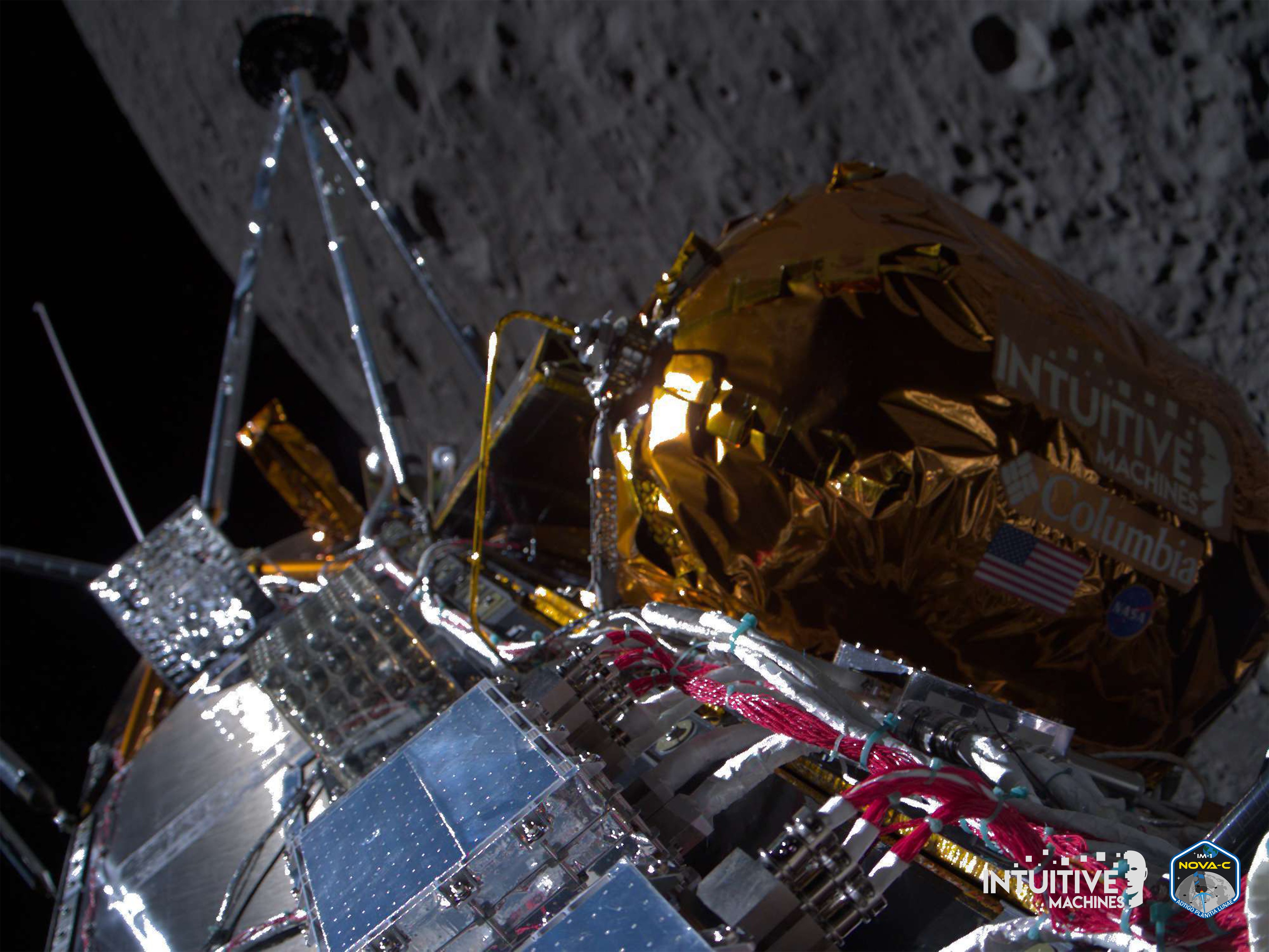
Image Credits: Intuitive Machines (opens in a new window)
Hadrian, a company that is automating high-precision CNC machining, closed a $117 million Series B, in a mix of equity and debt, with new participation from RTX Ventures, the venture arm of defense prime RTX (formerly called Raytheon).
The new funding will help the company double its software and automation teams, break ground on a second factory in the third quarter and much, much more.
“We’ve got a lot to do in the next two years, but very grateful that in a very tough fundraising environment that new investors and existing investors and industry players like Raytheon are stepping up to the plate and giving us the capital that we need to keep up with the customer demand,” Hadrian CEO Chris Power said.
Last week, I really enjoyed reading “Why It Took the US 51 Years to Get Back on the Moon” by Bloomberg’s Loren Grush.
I hear this a lot from people that don’t closely follow the space industry. It’s always some variation of, “We did it in the 70s, why can’t we seem to do it now, with such improvements in software, compute, robotics, materials, et cetera et cetera?”
The next time you encounter such a question, send them Grush’s story.
“We say we’ve been there before, but these companies haven’t been there before,” said planetary physicist Philip Metzger. “It is really new technology that’s being perfected and matured right now.”
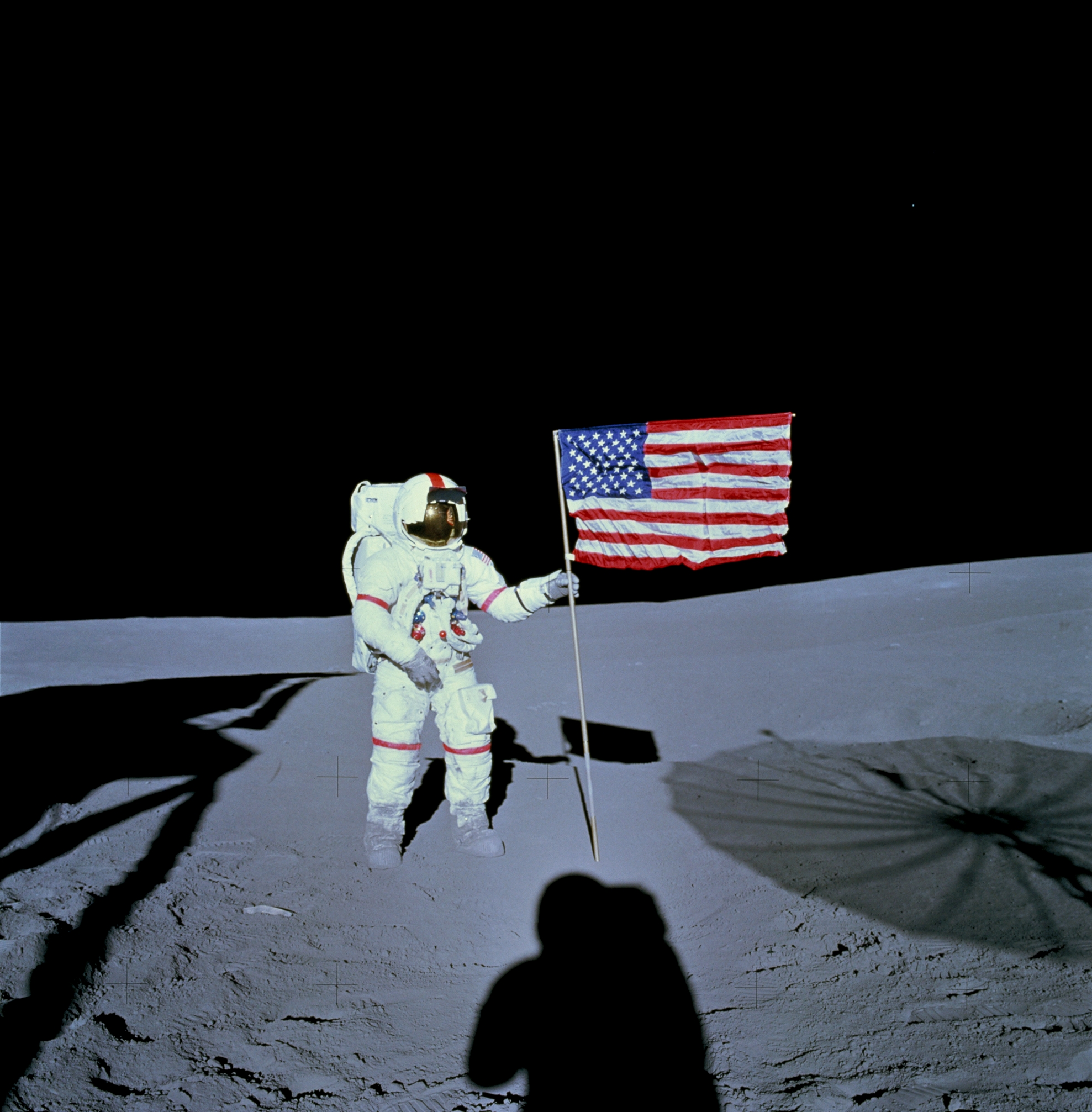
Alan Shepard on the moon NASA. Image Credits: NASA
On February 25, 1969, NASA launched Mariner 6, a massive spacecraft designed to image the surface of Mars.
Five months after launch, the 840-pound spacecraft made it to the red planet. The spacecraft (along with its twin, Mariner 7, which launched a month later) captured data on Mars’ atmosphere and surface, and relayed dozens of photographs back to Earth.
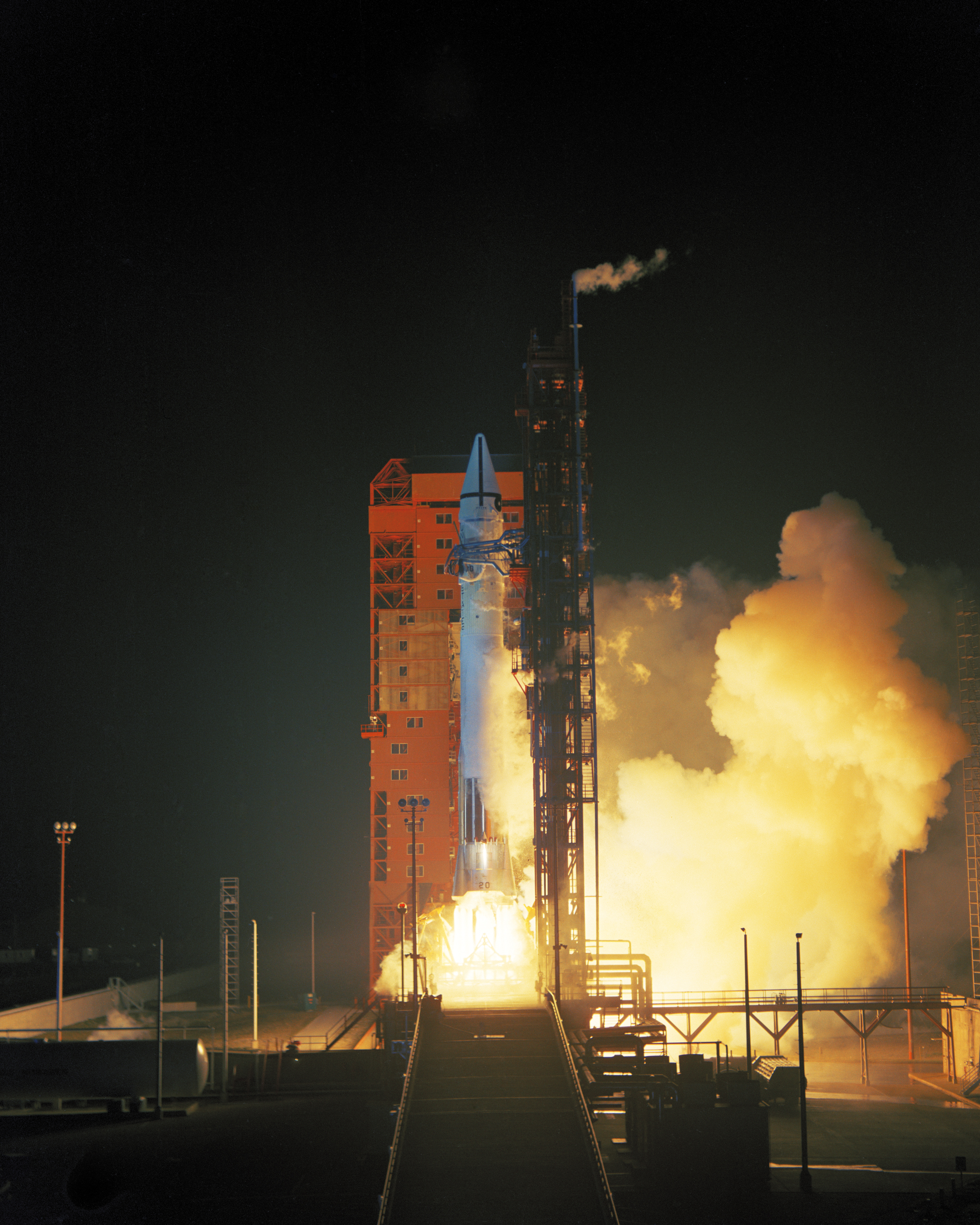
The Mariner 6 spacecraft lifts off on an Atlas-Centaur rocket on February 24, 1969. Image Credits: NASA

